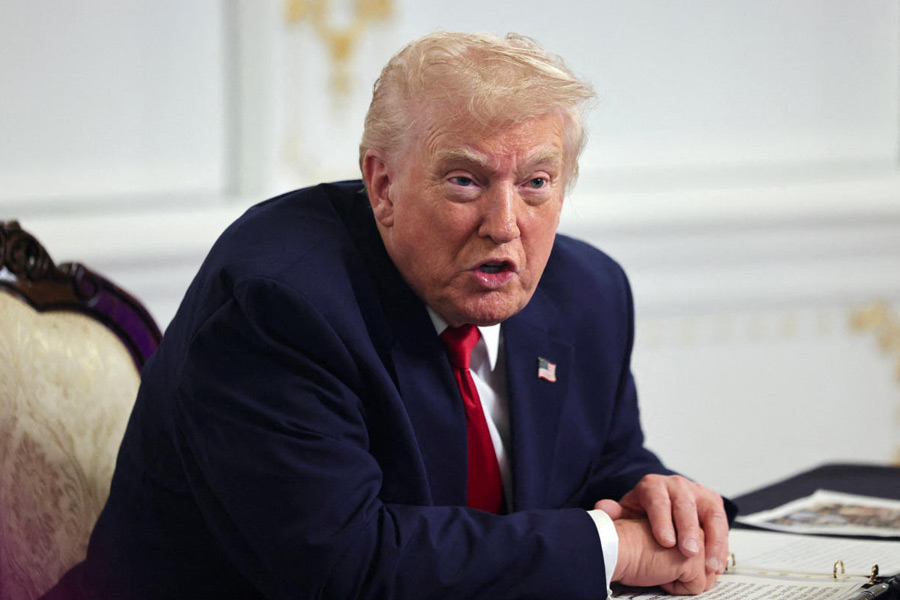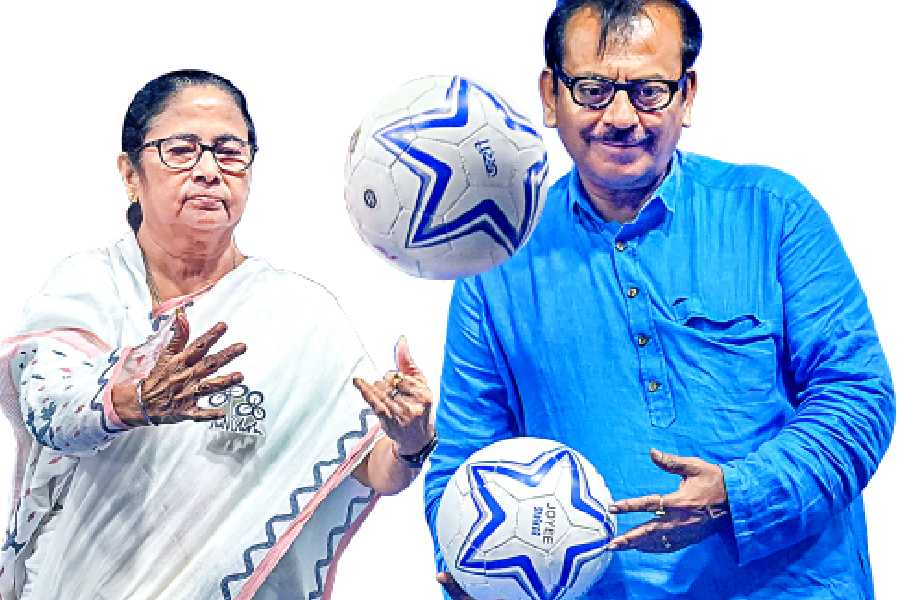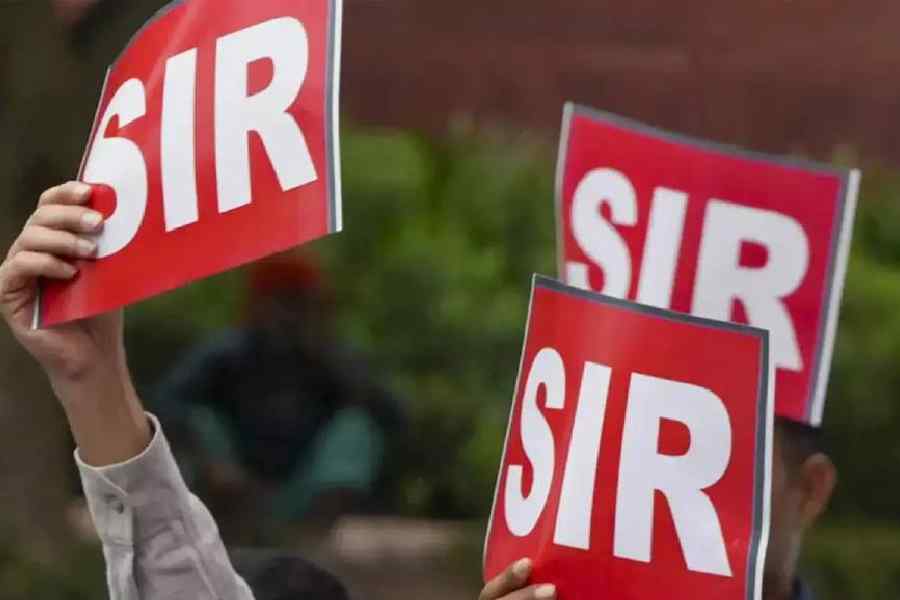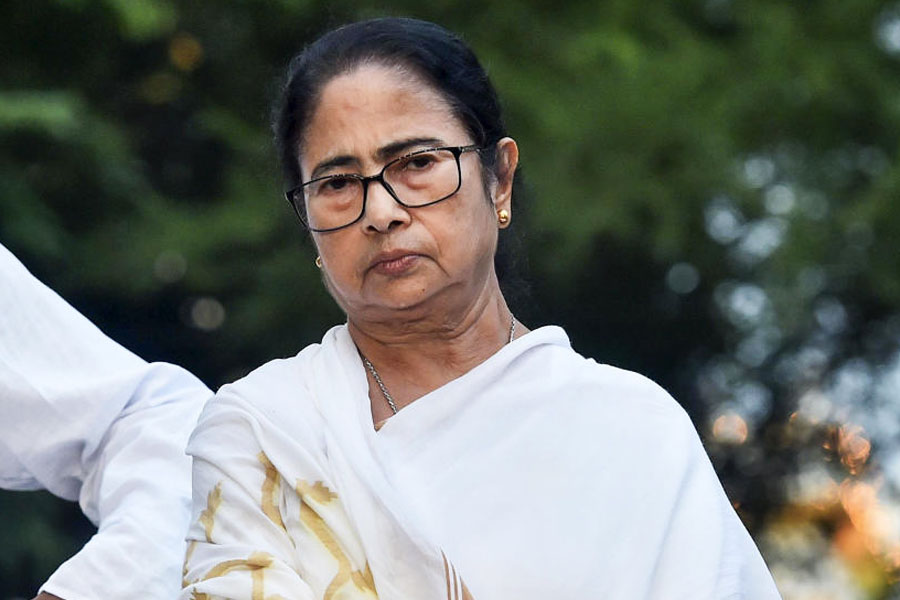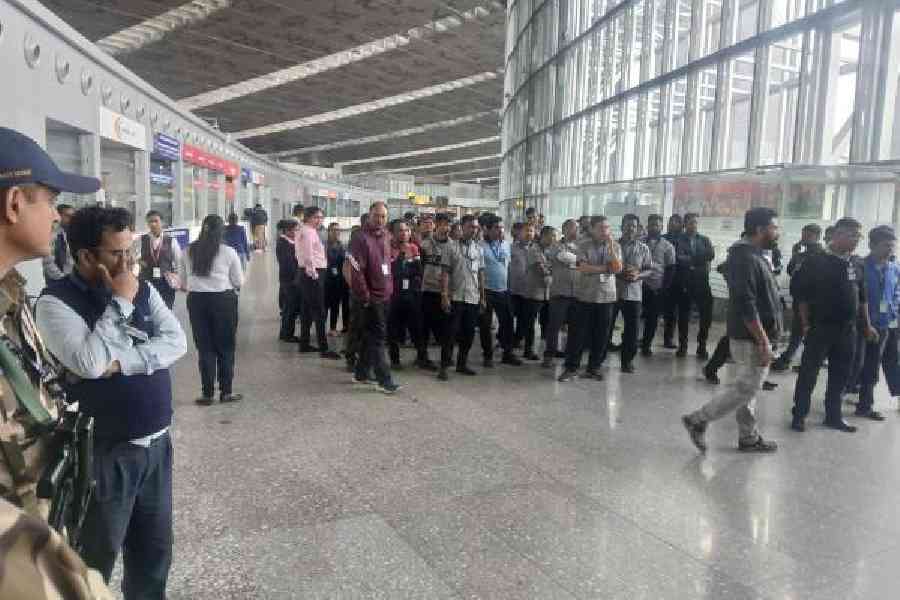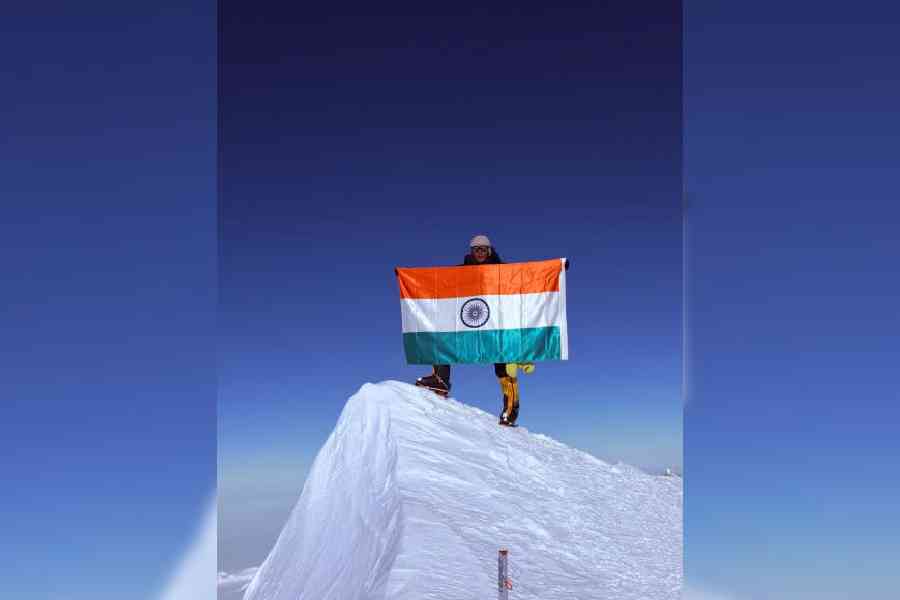 |
You could mistake Dibakar Banerjee for a laidback geek. Or perhaps an absent-minded professor. Indeed, in his nerdy glasses, slightly dishevelled hair, and shabby-casual checked shirt that hangs loose over his trousers, he seems an unlikely denizen of the Hindi film industry. When he talks, he seems even less so, expressing as he does a deeply intellectualised interpretation — not just of his own films, but also of modern urban Indian society.
The 43-year-old director, whose recent film Shanghai has been lavished with critical acclaim, has got into the habit of making off-beat and nuanced cinema. Whether it is through the sometimes gentle, sometimes uproarious comedy of Khosla ka Ghosla, or the biting satire of Oye Lucky! Lucky Oye! or the voyeuristic, almost dystopic, world of Love, Sex aur Dhokha, or indeed, the political battle for urban spaces in Shanghai, all his films fetch up characters who respond to a society in a state of flux. A society that’s many layered and multi-hued, and one where greed and venality exist side by side with the essential human generosity of spirit.
Which is why even the “good guys” in Shanghai are tainted in some way or the other. “The idea was to show that tainted people can do good. Stop waiting for messiahs,” exclaims Banerjee. “Only we can do good because messiahs aren’t there!”
He has arrived for the interview looking a bit tired. His flight from Delhi was delayed, so he is late for our appointment too. He apologises for keeping me waiting and leads me into his office. It’s in an old and wonderfully atmospheric house in Parel, Mumbai, complete with high ceilings striped with wooden beams, antique fans, and a decrepit wooden staircase that protests noisily when you climb it. “We are still in the process of doing up the place,” he tells me conversationally.
He takes out a cigarette, stopping to ask if he may smoke. He offers me one too, but I decline.
Conversation flows easy with Banerjee. To my surprise, I find several well-worn volumes of the collected works of Bengali writer Sharadindu Bandyopadhyay on his bookshelf. We soon fall to talking animatedly about the writer’s works, as two fans invariably will.
But given that he was brought up in Delhi, how is it that he reads Bengali?
“Well, yeah, I never studied Bangla in school, but learnt to read it by reading Shuktara (a children’s) magazine,” says Banerjee, who is quite happy to digress and talk about Bengali books, including the inimitable Tenida and Ghonada series by Narayan Gangopadhyay and Premendra Mitra respectively.
The Bengali writer who occupies him intensely these days, however, is none other than Sharadindu Bandyopadhyay. That’s because his next film is a whodunit based on the exploits of Bandyopadhyay’s iconic creation — detective Byomkesh Bakshi. Banerjee has acquired the rights to three Byomkesh Bakshi stories and the film will be a triptych of sorts, playing out the theme of good versus evil in a way that’s perhaps more direct than anything he has attempted before.
“It will be set in 1930s-40s Calcutta,” he says. “The idea is to get into the core of Bangaliana (the idea and the manners of Bengalihood), and also to take an essentially Western, modern, post-industrialisation story-telling genre and own it in the chaotic ethos of the Indian city, where several centuries exist at the same time.”
Banerjee can tunnel deeper and deeper into what he finds so attractive about the traditional detective story. “The most successful detective fiction probes criminal psychology and looks at the two biggest motives for crime — greed and envy,” he says. That apart, a detective story, he says, is also a reinvention of the primitive man’s fireside hunt story. “It can provide psychologically the thrill of the hunt that we can no longer get physically.”
I point out that a whodunit seems like a surprising choice for him, especially after Shanghai, which is a complex exploration of the conflict between duty and conscience set against the backdrop of the often murderous fallout of “development”.
He agrees, but explains why he simply had to change track and do something strikingly different. “I had painted myself into a corner after Shanghai. The film looked at several issues. But I didn’t want to go there again. I needed to see if I could go back to the very simple, core drivers of humanity — good and evil — and make a lasting tale out of it.”
In truth, Banerjee has never been shy of changing track. When his first film, Khosla ka Ghosla — a genial, heart-warming family entertainer — released in 2006, critics immediately labelled him the next Hrishikesh Mukherjee. “I hated that tag,” he admits. “Because I’m just not that kind of a filmmaker.”
Yet he could have cashed in on that and made more of the same. He chose to make Oye Lucky! Lucky Oye! instead — a film about a thief and about moral ambiguities.
Even while he was growing up in Delhi — he studied at the Bal Bharati Public School — Banerjee was quietly going against the grain. His mother was an accomplished singer of Indian classical music and there was an abiding tradition of music in his mother’s family in Howrah. Though he did learn the tabla for 10 years, what he was really drawn to was Western music — first Western classical, and then rock, blues, jazz and electronica.
It was no different when it came to academics. “In a family like ours, where money is not something you have in plenty, education is the one currency you really want to amass. So my parents wanted me to excel in studies and be well-placed,” he says.
However, by the time he was in high school, Banerjee, who used to watch a lot of films on television, knew that he wanted to be a filmmaker. He took the engineering entrance exams after Class XII because his parents wanted him to, but left the papers unfinished. He had another plan. He had decided to join the National Institute of Design in Ahmedabad.
He was always good at sketching, and had won art competitions at school. He got through NID’s admission test quite easily and enrolled to study visual communication. But then NID too began to pall on him. After two years he dropped out of the institute and came back home.
The experience wasn’t a total waste, though. He had spent the two years watching all the movies he could lay his hands on at the institute’s film club, including such greats of world cinema as Martin Scorcese’s Raging Bull, Istvan Szabo’s Mefisto, Marcel Carne’s Les Enfants du Paradis or Jacques Tati’s Monsieur Hulot films.
“NID opened my mind to the visual world,” says Banerjee. “But it was a purely design institute. It had little to do with filmmaking. I realised that I was wasting my time there and came back. Naturally, my parents were shattered.
“In a sense, with me started a cut off from my history. I represented the end of a certain way of life in my family,” he says. Yet he admits that much of what he is, his love for books (“our house was full of books,” he says) and music, he owes to his family.
He soon found a job as a copywriter in an ad agency, and began to excel almost immediately. He changed jobs a few times and by 1997, had teamed up with two of his buddies from NID to form a company to make ad films and channel identities for Channel V and others.
“It was a wild and chaotic learning experience,” he says. “The three of us used to direct ad films together. I remember a very frustrated senior director of photography asking ‘Aei, director-ta ke rey (who exactly is the director?),’” says Banerjee and bursts out laughing.
However, though he was making quite a lot of money now, Banerjee soon became restive again. “For I wasn’t an inch closer to realising my dream of making a feature film,” he says.
The opportunity to do that came along in 2004 when Jaideep Sahni, his former colleague in Contract ad agency and a close friend who had gone on to become a movie scriptwriter, asked him if he would direct a film set in Delhi.
Banerjee jumped at the chance, moved to Mumbai — by now he was married to his live-in girlfriend Richa Puranesh — and mutated from ad filmmaker to filmmaker relatively painlessly.
The pain came later. “I had all the arrogance and cockiness of a first time filmmaker,” he says. “But the two and a half years that Khosla took to be released — it was shot over a breakneck 45 days — knocked the cockiness out of me. I learnt the value of patience and humility.”
I ask him about this new wave of Indian cinema that directors like himself, Anurag Kashyap or Tigmanshu Dhulia seem to be scripting now. Could their films be described as today’s arthouse cinema, as Shyam Benegal’s or Govind Nihalani’s were a generation ago?
“I don’t believe in these labels,” replies Banerjee, who has won National Awards for Khosla Ka Ghosla and Oye Lucky! Lucky Oye!. “They are given by the media and opinion makers. As for my films, I am not sure if they are or aren’t commercial. They are so tightly budgeted that they always make some money.”
Banerjee feels that basically, there are two types of movies — “those that are like fast food, which you consume instantly. A few weekends and the film is over. And those that have a leaner entry into the market, but linger longer because you like to keep going back to it every once in a while.”
He counts his films, which he describes as “reflective”, in the latter category and obviously derives a lot of satisfaction from the fact that they have gone on to become DVD hits.
“But, really, I lose interest in my films once I let them go for print,” he says. “After that, all you can do is receive other people’s praise or criticism. And in any case,” he continues, “I feel filmmaking is always a compromise. The quality of a film is a function of the time you give to it. As Mahesh Bhatt once said, ‘A film is never finished. It is abandoned.’”
Right now, a new film — the Byomkesh Bakshi one — consumes him. Banerjee, who lives in Mumbai with his wife and two-year-old daughter, is planning to spend a lot of time in Calcutta in the coming months to research the locale. “I may or may not deviate from the storyline,” he says, “But I will not deviate from the psychological complexity that Sharadindu brought to all his stories.”
That figures. For psychological complexity, in its bafflingly myriad shades, is also what Dibakar Banerjee brings to all his films.


